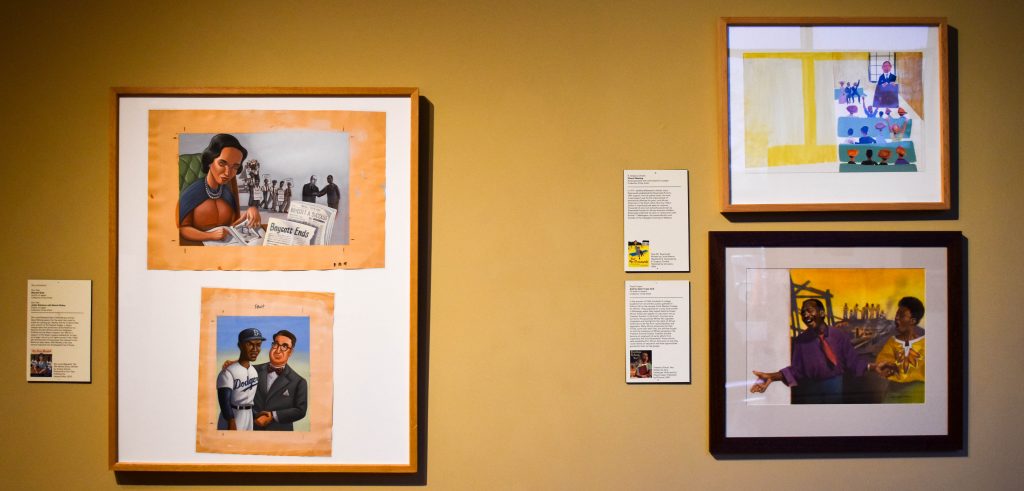
The beginning of Segregation preceded the Civil War, when in 1857 the Supreme Court ruled in Dred Scott v. Sanford that African Americans were not U.S. citizens, thus denying equal access to public facilities. By the 1880s, the interracial Reconstruction government began to fail, and as a result came the return of White-controlled government. New laws under the name “Jim Crow” expanded the range of segregation and effectively dismantled the progressive work of Reconstruction.
Segregation soon extended to schools, military service, transportation and other public facilities. The Supreme Court dealt another blow in 1896 in the case of Plessy v. Ferguson, permitting the enforcement of “separate but equal.” In 1909, African Americans and Whites formed the National Association for the Advancement of Colored People (NAACP). Segregation in schools became a battleground issue for the NAACP, which Thurgood Marshall successfully fought in the 1954 landmark case Brown v. Board of Education. The Supreme Court overturned Plessy v. Ferguson, recognizing that “separate educational facilities are inherently unequal.”
Several books written during this period addressed Segregation. Richard Wright, the subject of a book illustrated by R. Gregory Christie, published Native Son (1940) about racial prejudice and segregation in America. Twelve years later, Ralph Ellison’s Invisible Man, depicts the political and social struggles from the South on up to Harlem, New York.



